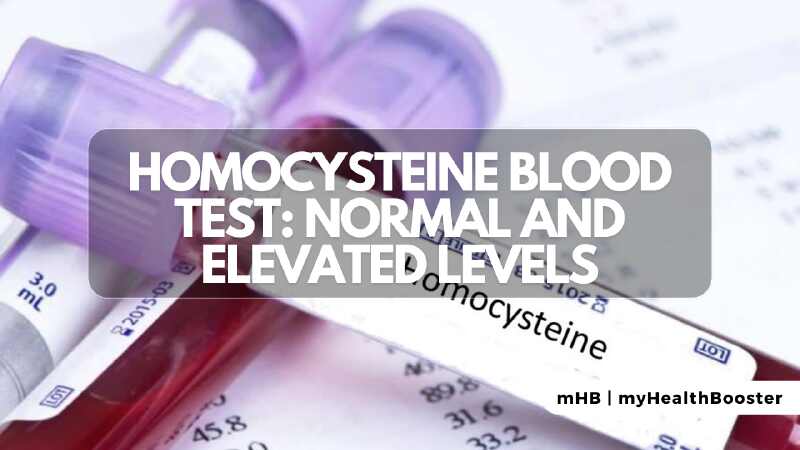Homocysteine, an Amino Acid in Focus
Homocysteine, an amino acid formed by chemically altering adenosine, is a natural product crucial for building proteins in the body. Labs typically consider a normal range for homocysteine to be around 4-15 µml/L. However, elevated homocysteine levels may result from various factors, ranging from genetic causes to lifestyle choices.
Homocysteine: The Genetic Connection
Discovered in 1962, homocystinuria is a rare genetic disorder causing markedly high homocysteine levels. Dr. Kilmer S. McCully’s 1969 findings linked homocystinuria to premature deaths in children due to advanced atherosclerosis. While severe genetic forms like homocystinuria are rare (0.02%), milder genetic variations can also contribute to elevated levels, known as hyperhomocysteinemia.
Hyperhomocysteinemia and Homocystinuria: Signs and Symptoms
Homocystinuria manifests with various signs and symptoms, including developmental delays, osteoporosis, visual abnormalities, blood clot formation, and advanced atherosclerosis. In contrast, hyperhomocysteinemia, a milder elevation, is more prevalent, affecting 5% to 12% of the general population and potentially more in specific groups such as alcoholics or those with chronic kidney disease.
Causes and Solutions
The causes of elevated homocysteine levels vary. Milder genetic variations result in less efficient mediator molecules, slowing down homocysteine breakdown. Consuming cereals fortified with folic acid, vitamins B6, and B12 can help lower homocysteine levels. While these supplements may benefit those with mild genetic hyperhomocysteinemia, their role in preventing heart disease or treating blood clots lacks conclusive evidence.
Testing and Treatment of Homocysteine
Despite the prevalence of mild elevation, there are no official recommendations for routine homocysteine testing. Some experts discourage screening due to a lack of compelling evidence supporting the benefits of treatment. While observational studies hint at a potential link between folate intake and reduced heart disease risk, clinical evidence is insufficient to recommend treating hyperhomocysteinemia for heart disease prevention or treatment.
Future Insights
The ongoing debate over homocysteine’s role in heart health highlights the need for further scientific exploration. Until more conclusive data emerge, decisions on testing and treatment should be personalized, involving consultation with healthcare professionals.
In conclusion, while homocysteine and its potential impact on health continue to be studied, current evidence suggests that caution should be exercised when considering testing and treatment, especially in the absence of clear guidelines and robust clinical data.
References
- Abrahaham, MD, J.M. et al. The homocysteine hypothesis: Still relevant to the prevention and treatment of cardiovascular disease? Cleveland Clinic Journal of Medicine December 2010 vol. 77 12 911-918.
- Homocysteine, Folic Acid and Cardiovascular Disease.
- Mandava, P, MD. Homocystinuria/Homocysteinemia. Medscape.
- Morris, AM, et al, Guidelines for the diagnosis and management of cystathionine beta-synthase deficiency. J. Inherit. Metab. Dis.. 2017; 40(1): 49–74. 40(1), 49-74. 2017 Published online 2016 Oct 24. doi: 10.1007/s10545-016-9979-0
- Rosenson, RS, MD, et al. Overview of homocysteine. UpToDate.
